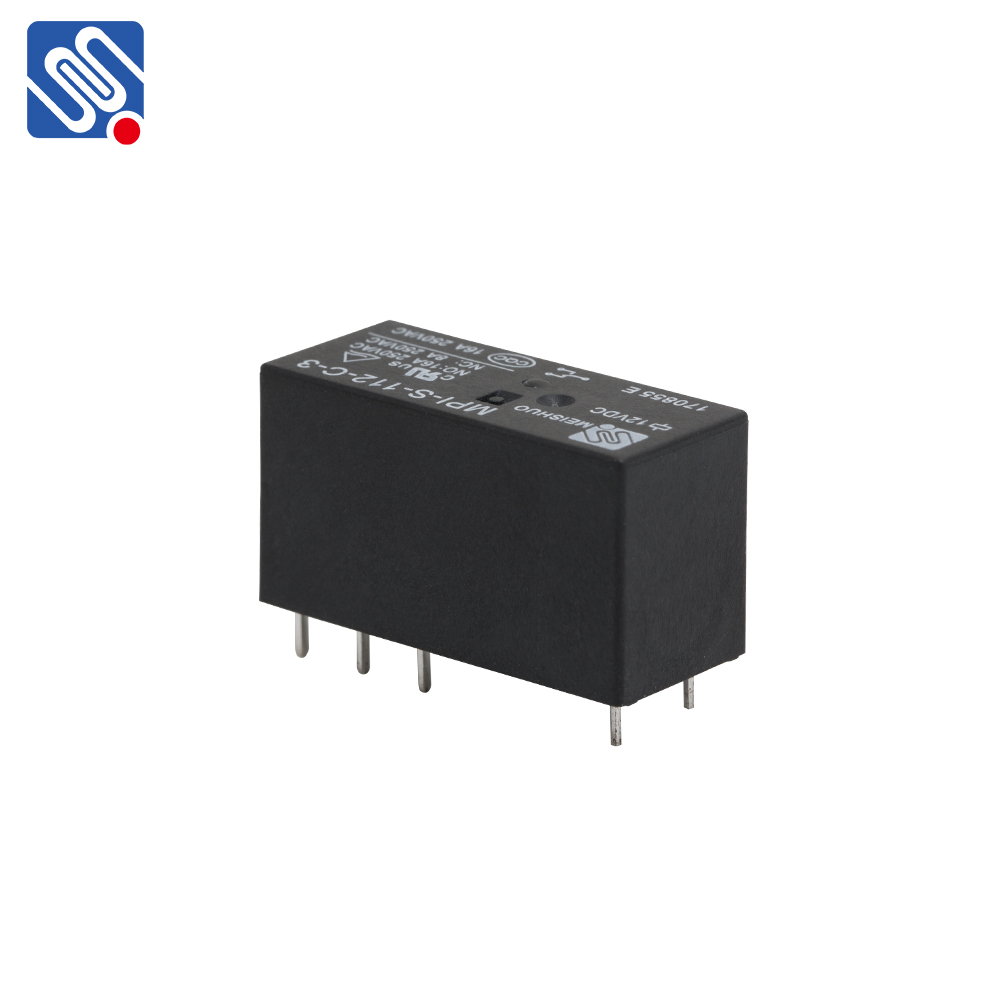A Relay Control System is a fundamental component in modern automation and control systems. This system leverages the use of relays—electromechanical or solid-state switches—controlled by electrical signals to manage the operation of other devices or circuits. Relay control systems are found in numerous industries, from manufacturing plants to residential automation, offering reliable, efficient, and scalable solutions. This article delves into the principles, applications, and benefits of relay control systems.

The Working Principle of Relay Control Systems At its core, a relay control system operates by using a relay as the primary switching element. A relay is an electromagnetic device that consists of a coil, contacts, and an armature. The coil is energized by an electrical current, creating a magnetic field that causes the armature to move and switch the contacts. The movement of the contacts either opens or closes the circuit, enabling or disabling the flow of electricity to connected devices or systems. There are two main types of relays: electromechanical relays and solid-state relays. Electromechanical relays use a physical armature to operate the contacts, while solid-state relays rely on semiconductor components to perform the switching function without any moving parts. While electromechanical relays are more common and versatile, solid-state relays are favored for their faster switching times and greater durability in harsh environments.
Leave a Reply